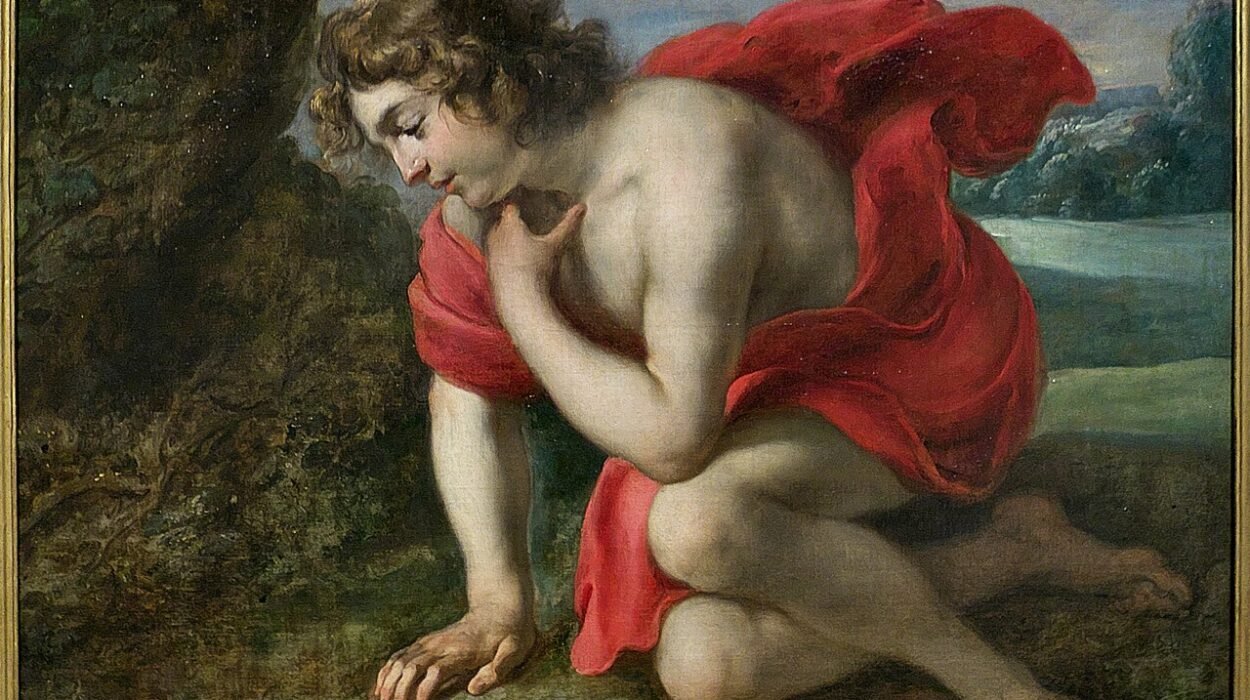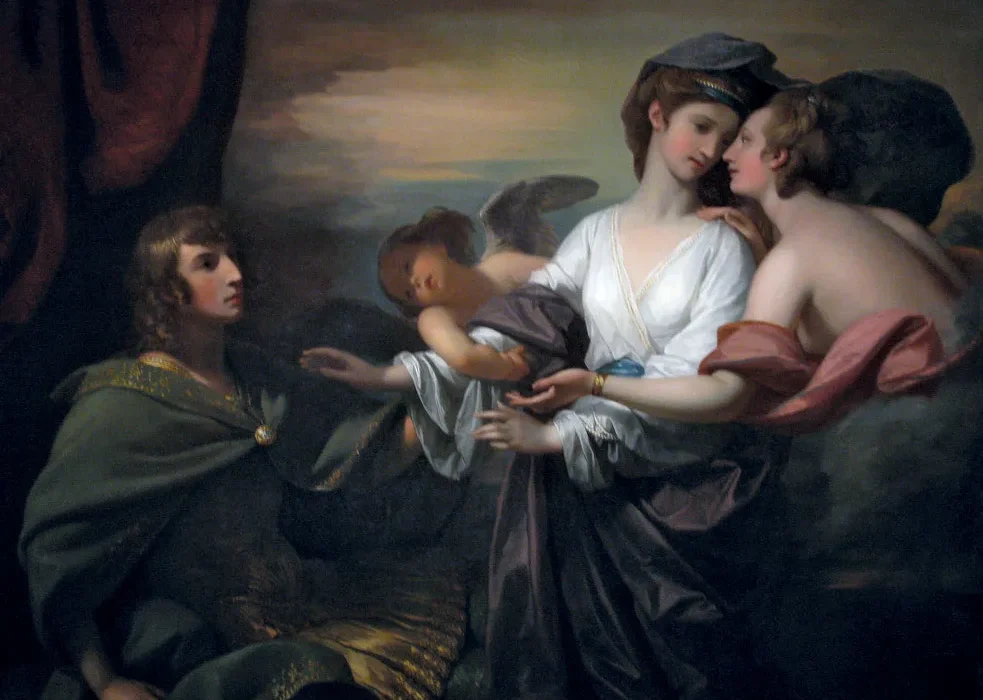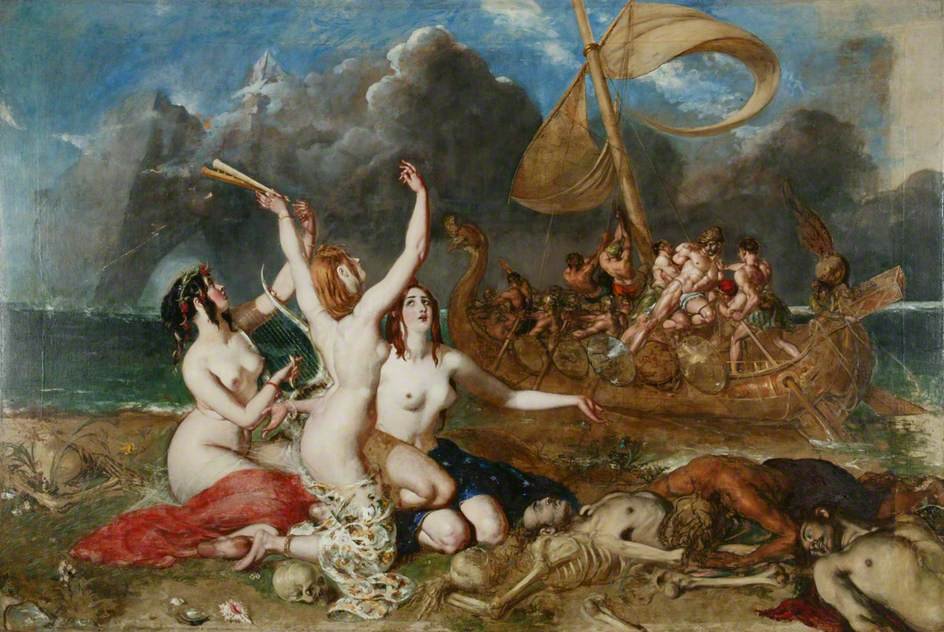Few stories from the ancient world have captured the imagination of humanity as much as the tale of the Trojan Horse. A colossal wooden figure, deceptively offered as a gift of surrender, wheeled into the heart of a proud city, hiding within it not peace but destruction—such is the enduring image that echoes across centuries. To this day, the phrase “Trojan Horse” conjures visions of cunning strategy, betrayal, and the devastating power of deception.
But beneath the poetry and drama of Homer’s epic world lies a question that has haunted historians, archaeologists, and literary scholars alike: was the Wooden Horse of Troy a historical event, a brilliant stratagem of war, or a symbolic myth woven to give meaning to the fall of a great city? Was it a trick born from human ingenuity, or a triumph of narrative that has survived millennia?
To answer this, one must dive not only into the heart of Greek mythology but also into archaeology, ancient history, and the collective psychology of storytelling. The Wooden Horse of Troy is not merely a tale—it is a window into how civilizations remember, interpret, and retell their triumphs and tragedies.
The Ancient City of Troy: Between Legend and Reality
The setting of the story is the legendary city of Troy, located near the Dardanelles in what is now modern-day Turkey. For centuries, Troy was thought to exist only in the realm of Homer’s poetry, a mythical city born of song rather than stone. But in the 19th century, the German archaeologist Heinrich Schliemann unearthed ruins at Hisarlik, believed to be the historical site of Troy. His controversial excavations revealed layers of ancient settlements, suggesting that the city had been destroyed and rebuilt multiple times over thousands of years.
The discovery electrified the world. Suddenly, the line between myth and history blurred. Could the Trojan War, once considered pure legend, have roots in real conflict? Could Homer’s epic have preserved the memory of a war fought over trade, power, and pride?
Though scholars debate the precise historicity of the Trojan War, the existence of a wealthy city on the trade routes between Asia and Europe makes conflict inevitable. Whether the war lasted ten years, as Homer sings, or was simply a single catastrophic siege, the memory of Troy became the canvas upon which Greeks painted their most enduring story of war, love, and betrayal.
The Trojan War and the Seeds of Deception
The story begins not with the Wooden Horse but with a golden apple. According to Greek mythology, the goddess Eris, not invited to a divine wedding, threw into the gathering a golden apple inscribed with the words “To the fairest.” Three goddesses—Hera, Athena, and Aphrodite—claimed the prize. The judgment was left to Paris, prince of Troy, who ultimately awarded the apple to Aphrodite after she promised him the most beautiful woman in the world: Helen of Sparta.
When Paris stole Helen from her husband Menelaus, king of Sparta, war became inevitable. The Greeks united under Agamemnon and sailed to Troy, beginning a siege that would last a decade. Heroes like Achilles, Odysseus, Hector, and Ajax became immortalized in poetry, their deeds echoing long after their deaths.
But it is the conclusion of this war, not its battles, that would immortalize Troy. Unable to breach its massive walls after ten years, the Greeks turned to cunning rather than brute force. And so, the idea of the Wooden Horse was born.
The Horse Enters the Story
The most famous account of the Trojan Horse comes not from Homer’s Iliad—which ends with Hector’s death and does not describe the fall of Troy—but from Virgil’s Aeneid, written centuries later in Rome. In Book II of the Aeneid, the Trojan priest Laocoön warns his people with the immortal words: “Beware of Greeks bearing gifts.” His warning falls on deaf ears.
The Greeks, feigning retreat, left behind a colossal wooden horse, hollow and towering, supposedly as a gift to Athena, goddess of war, to ensure safe passage home. Inside its belly, however, hid a group of elite warriors led by Odysseus. Believing the Greeks had abandoned the war, the Trojans dragged the horse into the heart of their city as a trophy of victory.
That night, under the cover of darkness, the hidden warriors crept out, opened the city gates, and allowed the Greek army—waiting silently on their ships offshore—to flood into Troy. The city burned. The proud civilization crumbled. And thus, through deception, not force, Troy was undone.
Symbol or Reality? The Theories Behind the Horse
But was the Wooden Horse real? Scholars and historians have debated this question for centuries. To some, the horse is a literal siege engine. To others, it is a poetic symbol hiding the realities of war. Several theories attempt to unravel the mystery:
The Siege Engine Theory
Some historians argue that the “horse” was not a gift at all but a battering ram or a mobile siege tower used to breach Troy’s walls. In this interpretation, the word “horse” may have been metaphorical. Greeks often named their war machines after animals, and the memory of such a device could have been transformed by later poets into the legendary horse.
The Earthquake Theory
Another theory suggests that the horse represents an earthquake. In ancient times, horses were sacred to Poseidon, god of the sea and earthquakes. If an earthquake destroyed Troy’s walls, later storytellers might have attributed the disaster to Poseidon’s “horse.” This interpretation would mean the Greeks entered through ruins left by natural disaster rather than a trick.
The Symbol of Deception
The simplest explanation is that the horse is entirely symbolic—a mythological embodiment of cunning and betrayal. The Greeks, unable to win through direct combat, triumphed through strategy. The horse, sacred to the Trojans, would have been the perfect disguise for treachery.
Each theory holds weight, and perhaps the truth lies somewhere in between. What matters more than the literal reality of the horse is its symbolic power.
The Horse as a Weapon of the Mind
The Trojan Horse is more than a story of war—it is a story of psychology. It teaches that victory often comes not through strength but through cunning. The Greeks, exhausted after a decade of futile battle, turned to trickery, transforming despair into triumph.
The Trojans, in turn, were undone not by the sword but by their own trust, pride, and misjudgment. They saw in the horse a symbol of victory, a divine offering, a trophy. Their willingness to believe the deception sealed their fate.
In this sense, the Wooden Horse is less a physical object and more a weapon of the mind. It is a timeless reminder of how easily desire and pride can blind people to danger.
The Fall of Troy in Literature and Art
The Wooden Horse became one of the most enduring symbols of the Trojan War in art, literature, and later culture. From Virgil’s haunting verses to ancient pottery depicting the moment of the horse’s entry, the image persisted across centuries. Medieval writers retold the story, Renaissance painters brought it to canvas, and even in modern times, the Trojan Horse appears in novels, films, and political speeches.
Its endurance lies in its archetypal power. The Trojan Horse is the perfect narrative: a desperate plan, a deceptive gift, a fatal miscalculation, and the downfall of a great city. It embodies tragedy and irony in equal measure.
The Trojan Horse in Modern Metaphor
Today, the Trojan Horse has become more than a myth—it is a metaphor woven into modern life. In politics, it describes hidden agendas disguised as benevolence. In technology, it lends its name to malicious software that infiltrates computers disguised as harmless programs. In everyday speech, it symbolizes betrayal, the danger of accepting gifts without question.
The story’s survival demonstrates how myth evolves into metaphor, how ancient lessons continue to resonate in new contexts. The Wooden Horse may or may not have been real, but its symbolic truth remains undeniable.
Trick or Triumph?
So, was the Trojan Horse a trick or a triumph? The answer, paradoxically, is both.
For the Greeks, it was the triumph of intelligence over force, a reminder that wars are not won by strength alone but by cunning. For the Trojans, it was the ultimate trick, a devastating reminder of how trust can become betrayal.
But perhaps the greatest triumph belongs not to the Greeks or the Trojans, but to the story itself. For over 3,000 years, the tale of the Wooden Horse has endured, carried through oral tradition, epic poetry, and historical speculation. It has shaped the way humanity thinks about war, deception, and trust.
The horse stands as a testament to the power of stories—the way they can outlive cities, nations, and even civilizations. Troy burned, its walls reduced to rubble, its people scattered. Yet the Wooden Horse lives on, larger than any fortress, stronger than any army.
The Timeless Lesson
The Wooden Horse of Troy is more than a myth of ancient war. It is a mirror held up to human nature. It reveals how ingenuity can turn despair into victory, but also how pride and blindness can turn triumph into tragedy. It is a tale of strategy and folly, of human brilliance and human weakness.
Whether it was real or symbolic, the horse’s lesson is universal: never take things at face value, for what seems like a gift may hide destruction. And yet, it also teaches that when brute force fails, the mind still holds power to change the course of history.
The Trojan Horse is not just a relic of Greek mythology. It is a living story, one that continues to warn, inspire, and captivate. In its wooden frame, carved by poets and carried across time, humanity sees both its brilliance and its folly—its tricks and its triumphs.






